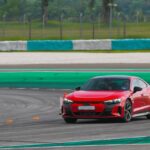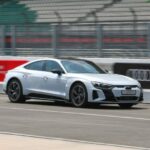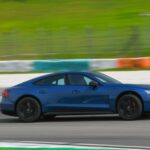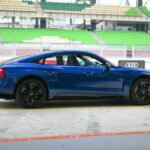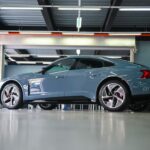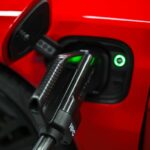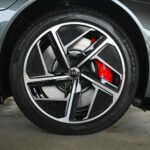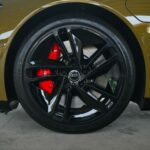Audi e-tron GT feels at home in Sepang – Test Drive
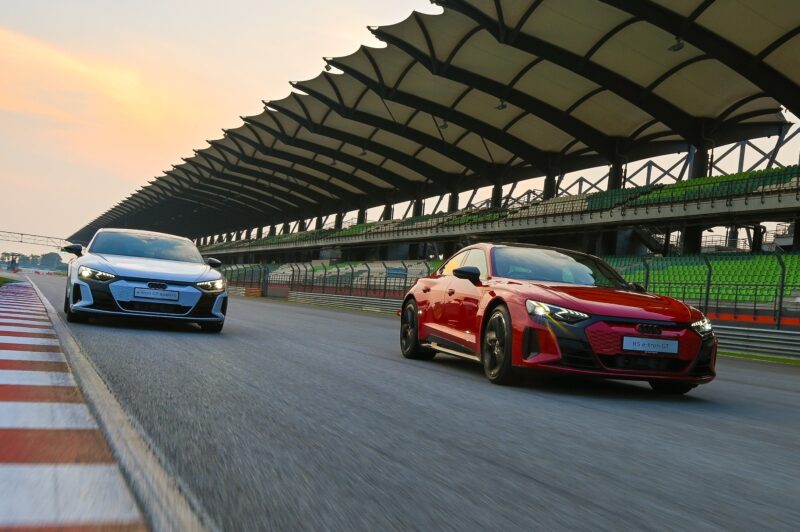
IF you were a wealthy individual looking to own an electric vehicle (EV), you’ll be delighted to see the wide range of options you have. Naturally, at a higher price range, most of the choices are tempting to say the last but dare I say that none stand out like the Audi e-tron GT.
At first glance, you know that the e-tron GT is an EV designed specifically for elegant and well-to-do individuals like yourself.
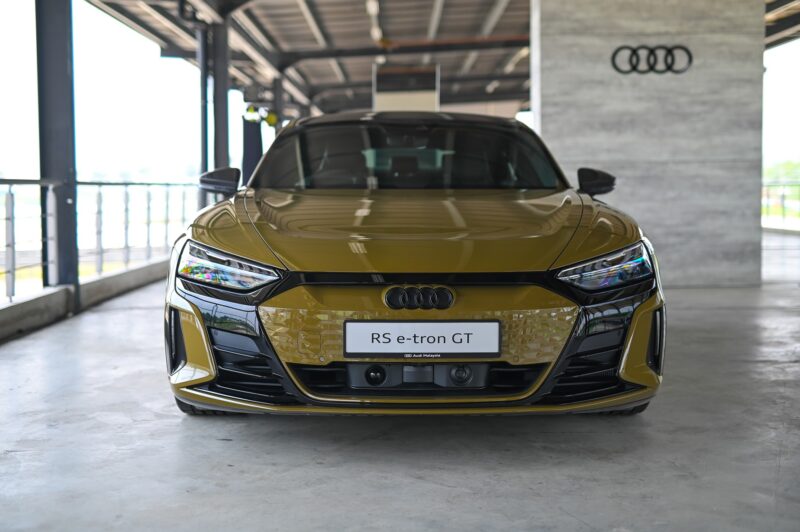
People around you will be saying you should’ve bought the Porsche Taycan because it’s a Porsche and it’s much faster. True, on paper, its Zuffenhausen twin is faster, but it won’t make you feel like Tony Stark with its space-age design.
Great looks aside, as a four-door sedan with a driving range of 458 km on a full charge, the e-tron GT can serve as a daily, whether you are single or happily married with kids.
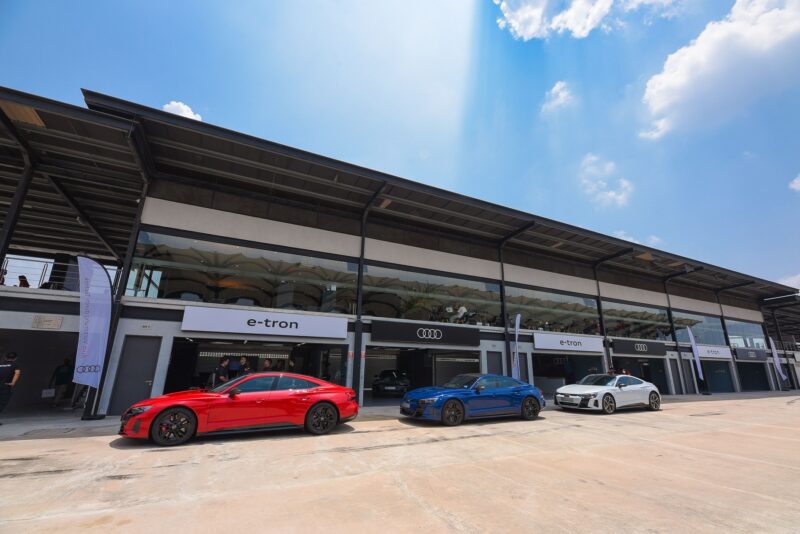
However, you should also know that this car is always ready to perform on the track. Recently, this writer was invited by Audi Malaysia to experience the e-tron GT quattro and RS e-tron GT’s on-track capabilities at the Sepang International Circuit.
The Audi Driving Experience event was limited to the souther section of the circuit (South Paddock). The driving activities were divided into two parts: a drive around the circuit and an acceleration test on the straight after Turn 14.
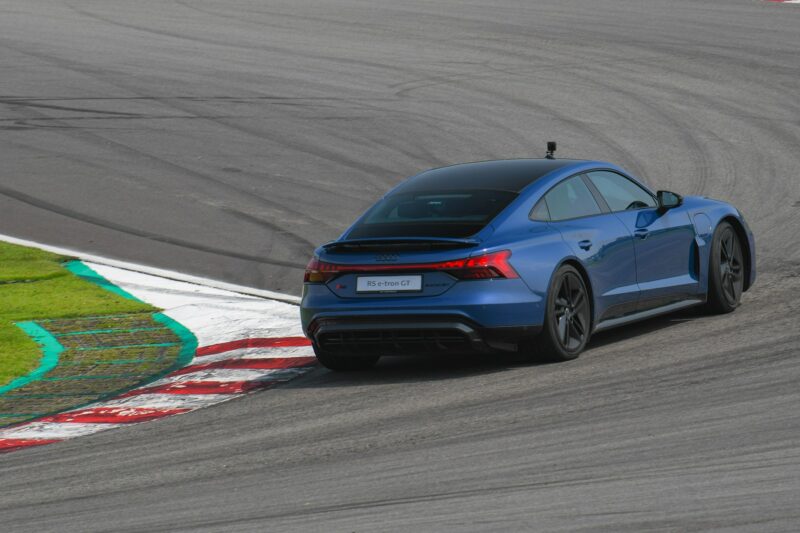
For the first round, I was given the opportunity to get behind the wheel of an e-tron GT quattro, the entry-level variant equipped with two electric motors producing a total output of 476 PS and 630 Nm.
As soon as it left the pit, a firm step on the throttle pedal brought the car to life and from that point, it accelerated like a true track weapon. My head was pushed back slightly against the headrest, indicating the e-tron’s strong pulling power.
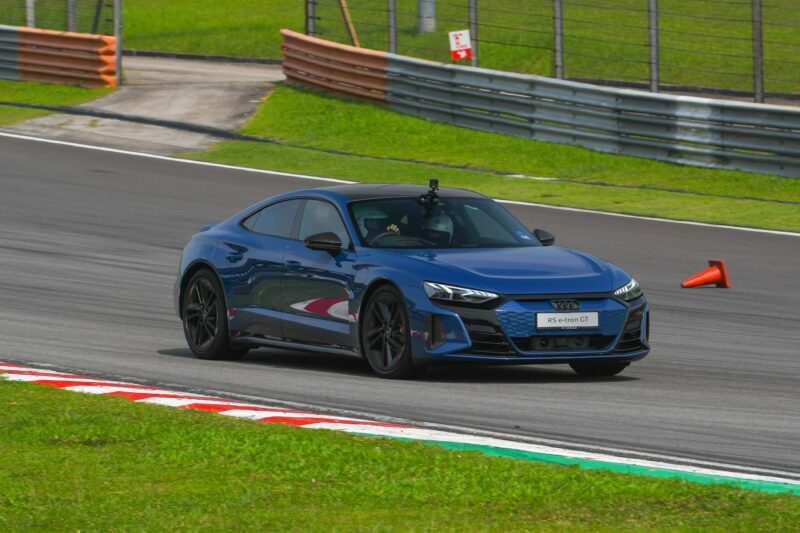
The brochure says this model only takes 4.5 seconds to reach 100 km/h from a standstill but it definitely felt much faster than that. Not that it matters to most buyers but it’s certainly good to know that your EV is capable of doing earth-shattering accelerations.
One of the advantages of driving an EV is that torque is always readily available. In a high-speed circuit like Sepang, this comes in very handy as it allows you to exit corners quickly. And what’s amazing is that this can be done repeatedly.
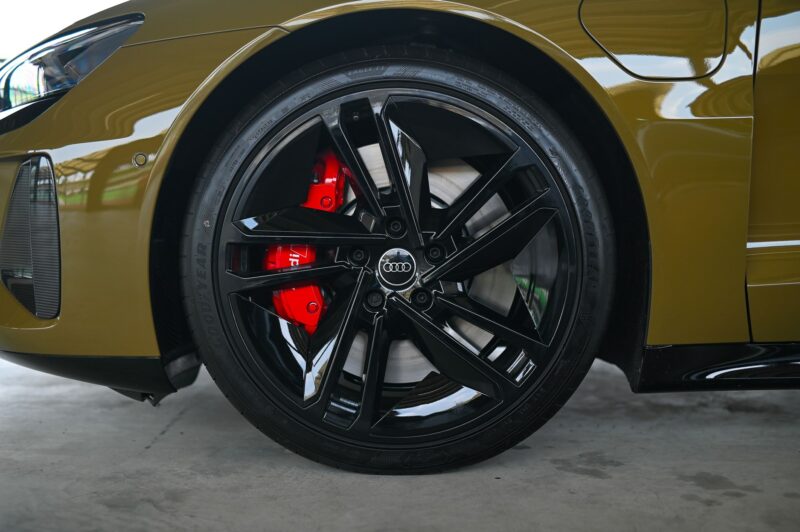
In addition, Audi’s proprietary quattro all-wheel drive system plays a crucial role in providing high levels of grip on the tarmac, especially when facing chicanes at Turn 12 and Turn 13.
Next, the writer had the opportunity to try the RS e-tron GT, which is essentially a more powerful variant of the e-tron that also comes with higher equipment levels.

Like the base version, it also has an electric motor on each axle, but the power output is higher at 598 PS and 830 Nm. The difference in power can be felt clearly, and for tis writer, this variant feels more ‘wild’ when unleashed on the circuit.
However, it comes with several additional features that make it more formidable dynamically compared to the base version.

First up is the air suspension system. With adaptive dampers at the front and rear axles, the system is capable of lowering the car by 10 mm at 90 km/h and another 12 mm when the car is traveling at speeds of 180 km/h and above.
Not only that, the RS e-tron GT is also equipped with a rear-wheel steering system. At around 50 km/h, this system will turn the rear wheels in the opposite direction of the front wheels to provide a smaller turning radius.
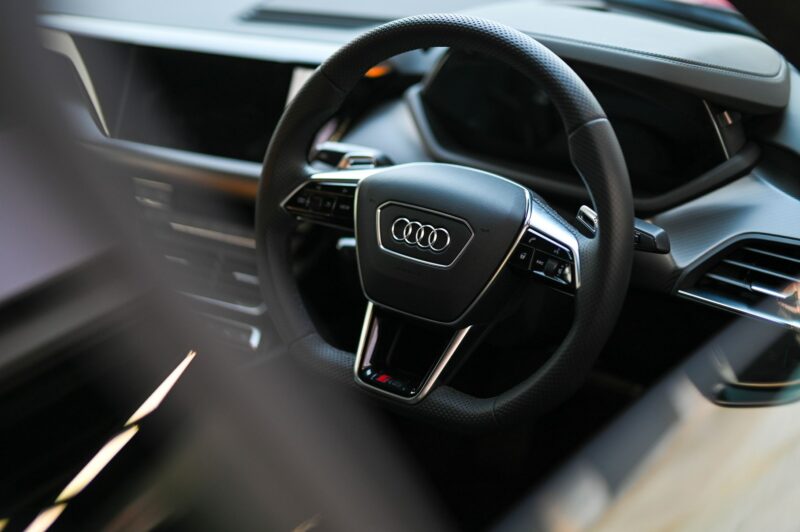
At 80 km/h, the rear wheels will turn in the same direction as the front wheels, which in turn makes the car more stable, especially when taking corners at high speeds.
Another advantage of the RS version is the differential lock on the rear axle. In the context of circuit driving, this component uses torque vectoring to make the car more agile when entering sharp corners in addition to increasing the grip when exiting.
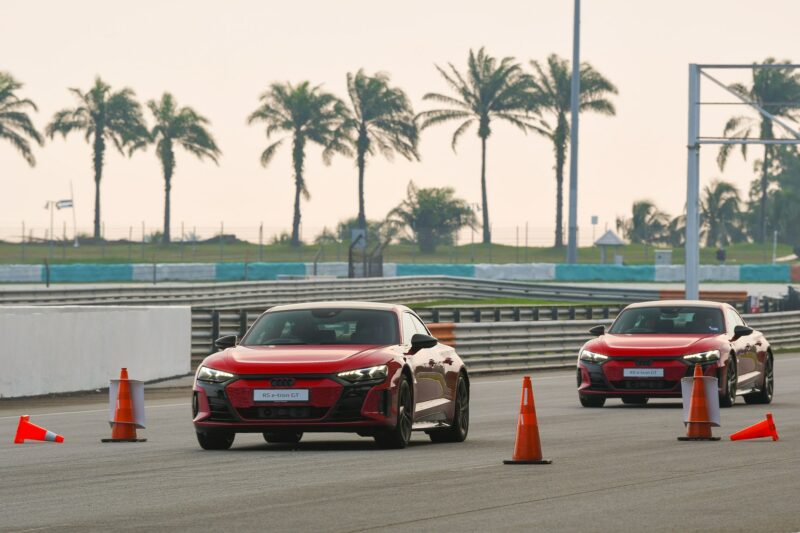
For the acceleration test session, the writer only did it with the RS e-tron GT. Here, the overboost function plays a significant role as it increases power to 646 PS for a temporary period to allow the car to come off the line as quickly as possible.
On paper, the RS model accelerates from 0 to 100 km/h in a mere 3.3 seconds, but the writer managed to do it in 3.2 seconds, based on the acceleration gauge displayed on the instrument panel.
In fact, some media members were able to achieve this acceleration in just 3.1 seconds, showing that in certain conditions, the RS e-tron GT is actually faster than what’s claimed.

Conclusion
Nobody buys an EV for track driving but if you happen to purchase an Audi e-tron GT or RS e-tron GT, keep in mind that you have a versatile, track-capable EV at your disposal.
You might be wondering if driving range pose a hindrance for spirited driving on the track. For an EV that can be driven for over 400 km on a single charge, I think it’s safe to say that a track day session at a racetrack is definitely doable. Taking into account the length of the Sepang circuit, which is 5.543 km, you can actually drive the e-tron GT for dozens of laps before the battery charge comes down to an alarming level.
Audi e-tron GT quattro Specifications
Price: RM588,790
Power: 476 PS (530 PS with overboost)
Torque: 630 Nm (64o Nm with overboost)
Battery: 93.4 kWh
Audi RS e-tron GT Specifications
Price: RM793,790
Power: 598 PS (646 PS with overboost)
Torque: 830 Nm
Battery: 93.4 kWh
Life’s too short to argue about which car is the best. Drive whatever you like, as long as you’re happy with it.






